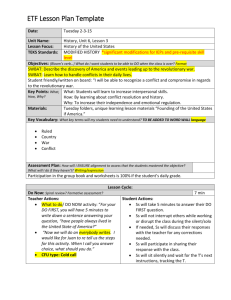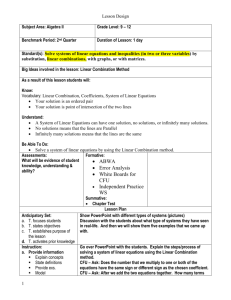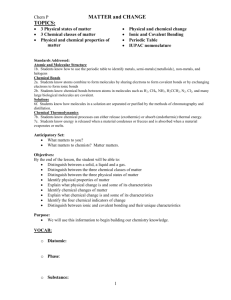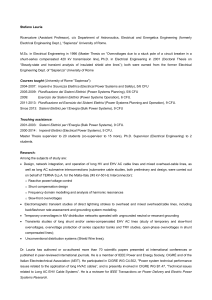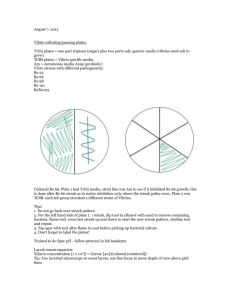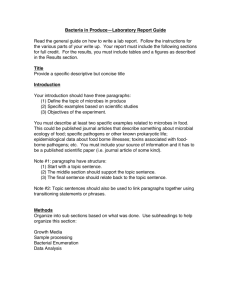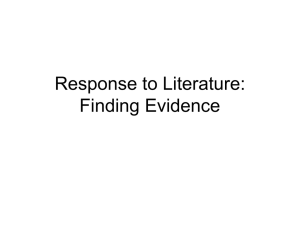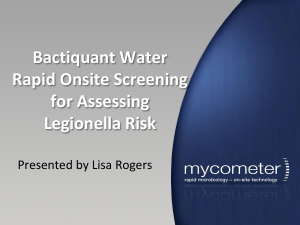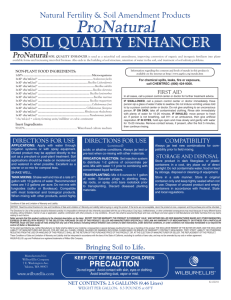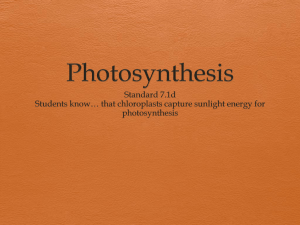Heat stability of DFMs
advertisement
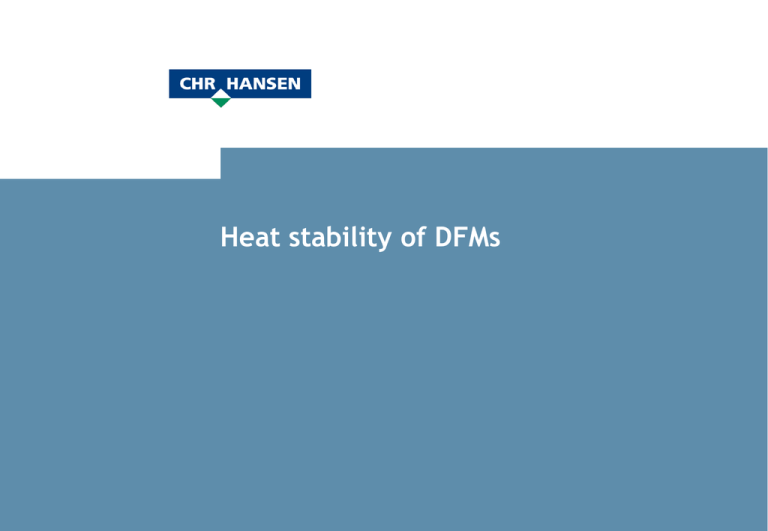
Heat stability of DFMs Trial on heat stability Purpose To test the pelleting capabilities of DFM´s sold in the market place To reassure CFU recovery from ”production to trough” Material & Methods Commercial samples representing 5 different bacteria were analyzed Feed production was carried out at independent institute under highly controlled environment 1) Feeds were analyzed pre- and post pelleting by an independent lab 2) 1) 2) Technological Institute, Kolding, Denmark (2007) 2) LUFA-ITL-GmbH – AGROLAB LABORGRUPPE, Germany Trial on heat stability Material & Methods Commercial samples representing 5 different microorganisms were analyzed Feed production was carried out at independent institute under highly controlled environment 1) Feeds were analyzed pre- and post pelleting by an independent lab 2) 1) 2) Technological Institute, Kolding, Denmark (2007) LUFA Lab organization, Kiel, Germany Trial on heat stability Material & Methods Dietary composition of the diets Wheat Barley SBM Fishmeal Skim milk/whey powder Premix Trial on heat stability Material & Methods Mixing 60g of a DFM was included in a premix and mixed in a compulsory mixer for 10 min The premix was added into 150kg piglet feed at an inclusion of 5% and mixed in a horizontal mixer for 10 min Pelleting Conditioner Feeder Press Cooling Total heat exposure: 85 °C for 15 sec. Trial on heat stability Material & Methods Cleaning procedures The equipment was vacuum cleaned between treatments. Sampling 4 sub-samples (500g each) were sampled within the 1½ min. feeds were pelleted and cooled down immediately Standardization Samples were standardized twice on a large riffler followed by a final division on a small riffler into 2 representative samples of 1 kg each. Trial on heat stability Material & Methods Bacteria selected in test. Lactobacillus farciminis Pediococcus acidilactici Enterococcus faecium Sacharomyces cerevisae Bacillus subtilis, Bacillus licheniformis Trial on heat stability Sample ID Calculated CFU/g Meal feed CFU/g Pelleted feed CFU/g Recovery of viable cells, % Negative control Total aerobic NA 2,6E+06 3,6E+04 1 L. farciminis NA 3,1E+04 <10 <1 P. acidilactici 4,0E+06 3,6E+06 2,7E+04 1 E faecium 4,0E+06 8,5E+06 1,5E+06 18 S. cerevisae 8,0E+06 8,0E+06 2,7E+04 <1 B. Licheniformis & B. subtilis 1,3E+06 1,2E+06 1,2E+06 100 Trial on heat stability Bacteria DFM´s in the market place L. farciminis Biacton P. acidilactici Bactocell E faecium Cylactin, Fecinor, Oralin, Bonvital, Provita, Biomin IMB52 S. cerevisae Levucell, Biosaf, Biosprint, Yea-Sacc B. Licheniformis & B. subtilis BioPlus 2B Underlined DFM´s were tested Mathematic “tricks” to report on product stability Some producers report CFU counts as log values when recovery is calculated. What is the impact of that ? CFU log (CFU) Expected Analyzed Expected Analyzed 5 E+09 8 E+06 9.698 6.903 Recovery 0.16% Recovery 71 % Note: 5E+09 = 5.0 x 109 ABRACADABRA --- Good recovery on LAB and yeast !!!! Sample ID Recovery of viable cells, % real count Meal feed Log CFU/g Pelleted feed Log CFU/g Recovery of viable cells, % Log count Negative control Total aerobic 1 6,414 4,556 71 L. farciminis <1 4,491 1 22 P. acidilactici 1 6,556 4,431 68 E faecium 18 6,929 6,176 89 S. cerevisae <1 6,903 4,431 64 B. Licheniformis & B. subtilis 100 6,079 6,079 100 The lower the recovery the higher impact on log transformation !! Trial on heat stability Summary & Conclusions Independent study is showing that Spore forming bacteria are heat stable BioPlus 2B is proven heat stable LAB are sensitive to heat exposure Yeasts are sensitive to heat exposure Watch out for the way stability is reported ”magic” (log transformation) is sometimes applied
